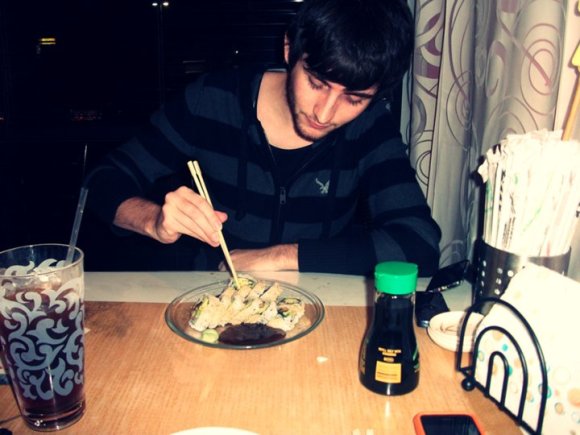
These days, Japanese food is pretty widely consumed in the west, even if sometimes the original taste gets slightly lost in translation. In general, though, even non-Japanophiles can be found enjoying a range of Japanese food, whether at home or out for dinner with friends. Sushi is no longer shocking, and “comfort foods” such as okonomiyaki, ramen, and yakiniku can all be enjoyed overseas. But did you know that apparently we’re still making five major mistakes when it comes to Japanese cuisine? Read on to find out if you’re a major offender who doesn’t know their ikura from their elbow!
The list of “Five common misconceptions foreigners have about Japanese food” comes courtesy of Madame Riri, who lays down in no uncertain terms exactly what we’re all (apparently) doing wrong.
Mistake 1: Thinking sushi is diet food.
We can see where this one is coming from. Generally, we in the west don’t make a habit of eating as much super-healthy seafood as we should, and there are certainly less healthy dishes we could be consuming (such as anything involving fast food.) Sushi can also be (relatively) low-calorie, depending on the toppings involved. But think of the heavy carb-load of all that white rice! Not to mention the fact that sushi is incredibly delicious, so it’s actually really easy to eat more than you should. Madame Riri blames this misconception on the fact that Japanese food has such a “healthy” image abroad, but as she points out, there’s a difference between eating healthily and dieting, and no Japanese person on a diet would deliberately expose themselves to the delicious lure of sushi. Moderation is key here!
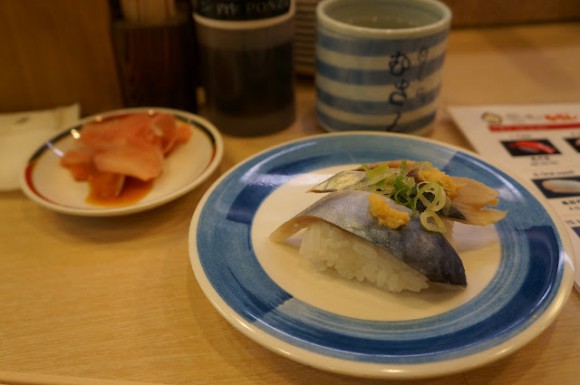
Mistake 2: Thinking soy sauce is “sauce”
You know, this misconception probably comes from the fact that Japanese “shoyu” is actually called soy sauce in the west. However, as Riri points out, soy sauce is not for splashing willy-nilly onto white rice and fish, as many westerners opt to do. It’s actually meant to be used sparingly. Apparently, soy sauce=salt, and as health-conscious Japanese know, salt is best consumed in moderation. Now hold on a minute there! Japanese cuisine is notoriously salty, and isn’t that why incidences of stomach cancer are quite common in Japan?
Mistake 3: Putting soy sauce on white rice
Almost every Japanese meal comes with a bowl of plain white rice, which is meant to be enjoyed in its natural state. Madame Riri takes offense at the supposed gaijin compunction to pour soy sauce on rice, desecrating this pure symbol of Japanese cuisine! This is blamed on our obsession with over-flavoring and seasoning absolutely everything we put into our mouths, as a result of our foreign devil tongues being unable to appreciate the subtle nuances of fluffy, nutty Japanese rice. Or maybe we just like soy sauce. At any rate, this really isn’t something you should do in public in Japan, so if you simply must have saucy rice, at least try to be discreet about it.
Mistake 4: Mixing wasabi with soy sauce
“Now come on!” I hear you cry. “Plenty of Japanese people do this, too!” Hmm, nope. It’s still a no-go, and for a variety of reasons. First, it makes the soy sauce murky. (Horrors!) Madame Riri also claims that mixing soy sauce with wasabi makes it all “taste the same”. (Erm. Isn’t that the point of mixing something, to create a new flavor?) Apparently, we foreigners are not to be blamed too much for this faux pas, as it’s something we’ve clearly picked up from deviant Japanese who habitually perform illicit mixing of substances which ought not to be mixed (namely, soy sauce and wasabi.) Hmm, sorry Riri, but we’re not shouldering the blame for this one.
Mistake 5: Thinking everyone in Japan eats whale all the time
This probably stems from the widespread media coverage given to the issues of whaling in Japan. However, it’s certainly true that Japanese people don’t really chow down on whale nearly as much as we might think. Sure, you may come across it at the odd restaurant or sushi shop, but it’s not like it’s a staple of the Japanese diet. Most people tend not to really eat it in their daily lives.
▼ It also doesn’t look that appetising…
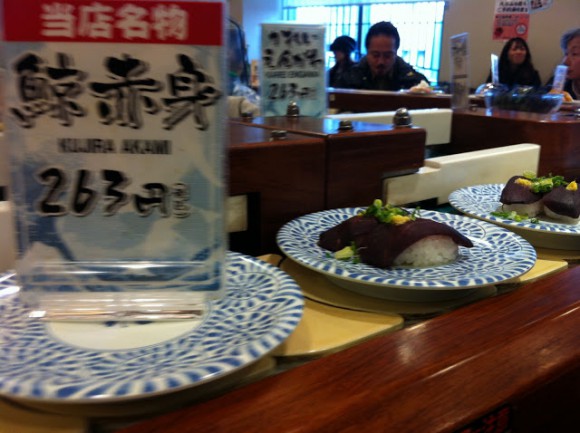
What do you think of these “misconceptions”? Are they fair? Have you committed any of the atrocities mentioned on the list? Or do we westerners get a bad rap when it comes to our appreciation of Japanese cuisine?
Source: MadameRiri.com
Featured Image: Wikimedia Commons (Colton Cotton)

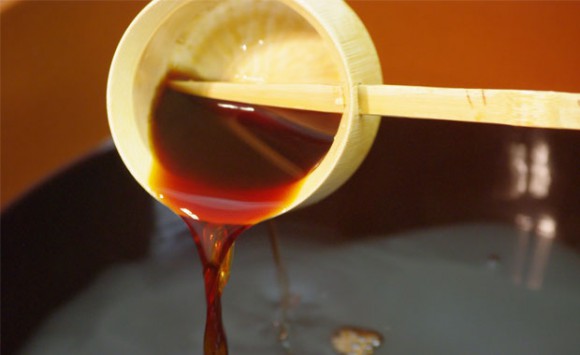
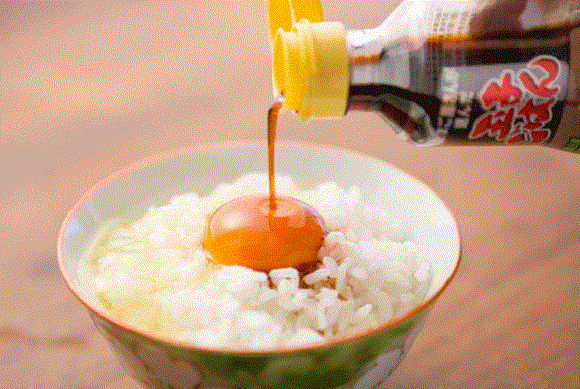
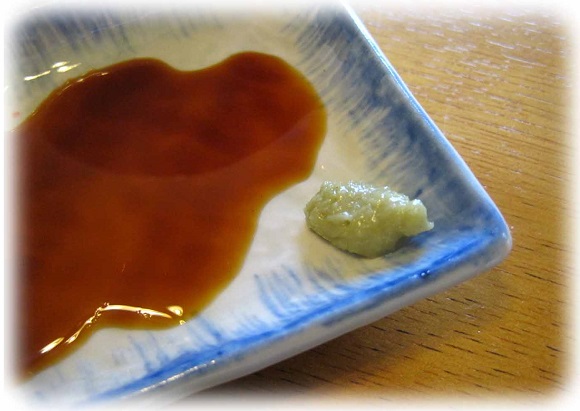
 Should you add wasabi to your soy sauce at a sushi restaurant?
Should you add wasabi to your soy sauce at a sushi restaurant? Five Japanese misconceptions about foreign male/Japanese female couples
Five Japanese misconceptions about foreign male/Japanese female couples Blogger offers her top four tips for Japanese women dating foreign guys
Blogger offers her top four tips for Japanese women dating foreign guys Japanese condiment company Kikkoman encourages Brits to desecrate white rice with tasty sauce
Japanese condiment company Kikkoman encourages Brits to desecrate white rice with tasty sauce Do you really know how to eat sushi? Probably not!
Do you really know how to eat sushi? Probably not! Japanese ramen restaurants under pressure from new yen banknotes
Japanese ramen restaurants under pressure from new yen banknotes Tokyo Tsukiji fish market site to be redeveloped with 50,000-seat stadium, hotel, shopping center
Tokyo Tsukiji fish market site to be redeveloped with 50,000-seat stadium, hotel, shopping center McDonald’s new Happy Meals offer up cute and practical Sanrio lifestyle goods
McDonald’s new Happy Meals offer up cute and practical Sanrio lifestyle goods Mt. Koya planning to instate visitor’s tax to cope with huge tourist numbers
Mt. Koya planning to instate visitor’s tax to cope with huge tourist numbers We tried Korea’s way-too-big King Tonkatsu Burger at Lotteria 【Taste Test】
We tried Korea’s way-too-big King Tonkatsu Burger at Lotteria 【Taste Test】 Sakura tree falls on man at Sannenzaka near Kiyomizu temple in Kyoto 【Breaking News】
Sakura tree falls on man at Sannenzaka near Kiyomizu temple in Kyoto 【Breaking News】 New private rooms on Tokaido Shinkansen change the way we travel from Tokyo to Kyoto
New private rooms on Tokaido Shinkansen change the way we travel from Tokyo to Kyoto Beautiful Red and Blue Star luxury trains set to be Japan’s new Hokkaido travel stars
Beautiful Red and Blue Star luxury trains set to be Japan’s new Hokkaido travel stars Non-ramen Ramen Restaurant Stars: The quest begins at Tokyo’s Oreryu Shio
Non-ramen Ramen Restaurant Stars: The quest begins at Tokyo’s Oreryu Shio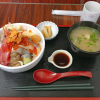 Tsukiji alternative – Tokyo has a second fish market, and it turns out it’s awesome too
Tsukiji alternative – Tokyo has a second fish market, and it turns out it’s awesome too All-you-can-drink Starbucks and amazing views part of Tokyo’s new 170 meter-high sky lounge
All-you-can-drink Starbucks and amazing views part of Tokyo’s new 170 meter-high sky lounge More foreign tourists than ever before in history visited Japan last month
More foreign tourists than ever before in history visited Japan last month Starbucks reopens at Shibuya Scramble Crossing with new look and design concept
Starbucks reopens at Shibuya Scramble Crossing with new look and design concept Studio Ghibli releases new action figures featuring Nausicaä of the Valley of the Wind characters
Studio Ghibli releases new action figures featuring Nausicaä of the Valley of the Wind characters French Fries Bread in Tokyo’s Shibuya becomes a hit on social media
French Fries Bread in Tokyo’s Shibuya becomes a hit on social media Studio Ghibli glasses cases let anime characters keep an eye on your spectacles
Studio Ghibli glasses cases let anime characters keep an eye on your spectacles Is the new Shinkansen Train Desk ticket worth it?
Is the new Shinkansen Train Desk ticket worth it? Beautiful Ghibli sealing wax kits let you create accessories and elegant letter decorations【Pics】
Beautiful Ghibli sealing wax kits let you create accessories and elegant letter decorations【Pics】 Studio Ghibli releases Kiki’s Delivery Service chocolate cake pouches in Japan
Studio Ghibli releases Kiki’s Delivery Service chocolate cake pouches in Japan New definition of “Japanese whiskey” goes into effect to prevent fakes from fooling overseas buyers
New definition of “Japanese whiskey” goes into effect to prevent fakes from fooling overseas buyers Our Japanese reporter visits Costco in the U.S., finds super American and very Japanese things
Our Japanese reporter visits Costco in the U.S., finds super American and very Japanese things Studio Ghibli unveils Mother’s Day gift set that captures the love in My Neighbour Totoro
Studio Ghibli unveils Mother’s Day gift set that captures the love in My Neighbour Totoro Domino’s Japan now sells…pizza ears?
Domino’s Japan now sells…pizza ears? New Japanese KitKat flavour stars Sanrio characters, including Hello Kitty
New Japanese KitKat flavour stars Sanrio characters, including Hello Kitty New Pokémon cakes let you eat your way through Pikachu and all the Eevee evolutions
New Pokémon cakes let you eat your way through Pikachu and all the Eevee evolutions Sales of Japan’s most convenient train ticket/shopping payment cards suspended indefinitely
Sales of Japan’s most convenient train ticket/shopping payment cards suspended indefinitely Sold-out Studio Ghibli desktop humidifiers are back so Totoro can help you through the dry season
Sold-out Studio Ghibli desktop humidifiers are back so Totoro can help you through the dry season Japanese government to make first change to romanization spelling rules since the 1950s
Japanese government to make first change to romanization spelling rules since the 1950s Ghibli founders Toshio Suzuki and Hayao Miyazaki contribute to Japanese whisky Totoro label design
Ghibli founders Toshio Suzuki and Hayao Miyazaki contribute to Japanese whisky Totoro label design Doraemon found buried at sea as scene from 1993 anime becomes real life【Photos】
Doraemon found buried at sea as scene from 1993 anime becomes real life【Photos】 Tokyo’s most famous Starbucks is closed
Tokyo’s most famous Starbucks is closed One Piece characters’ nationalities revealed, but fans have mixed opinions
One Piece characters’ nationalities revealed, but fans have mixed opinions We asked a Uniqlo employee what four things we should buy and their suggestions didn’t disappoint
We asked a Uniqlo employee what four things we should buy and their suggestions didn’t disappoint Princesses, fruits, and blacksmiths: Study reveals the 30 most unusual family names in Japan
Princesses, fruits, and blacksmiths: Study reveals the 30 most unusual family names in Japan Sayonara, soy sauce stains! Sushi restaurant worker reveals easy way to deal with spills
Sayonara, soy sauce stains! Sushi restaurant worker reveals easy way to deal with spills Transparent soy sauce is a thing — we saw it, we tried it, we’re confused by it
Transparent soy sauce is a thing — we saw it, we tried it, we’re confused by it Can our Japanese writers guess what this pink soy sauce is by taste alone?【Video】
Can our Japanese writers guess what this pink soy sauce is by taste alone?【Video】 How to eat sushi like a sensei 【Video】
How to eat sushi like a sensei 【Video】 Your guide to eating healthy sushi – because in most forms, it’s not that healthy!
Your guide to eating healthy sushi – because in most forms, it’s not that healthy! Should you dip your egg sushi in soy sauce before you eat it? Survey asks Japanese diners
Should you dip your egg sushi in soy sauce before you eat it? Survey asks Japanese diners Humbug! Japanese wives in international marriages share what they hate about Christmas overseas
Humbug! Japanese wives in international marriages share what they hate about Christmas overseas Put down the soy sauce! We try a new “expert” way to season your sushi【Taste test】
Put down the soy sauce! We try a new “expert” way to season your sushi【Taste test】 “Sushi Chic” is the new style trend we could really sink our teeth into
“Sushi Chic” is the new style trend we could really sink our teeth into From lotus root to alcohol: Are powdered foods the next big boom in Japan?
From lotus root to alcohol: Are powdered foods the next big boom in Japan? Preserve your sushi’s form and your dignity with this one easy sushi-eating life hack【Pics】
Preserve your sushi’s form and your dignity with this one easy sushi-eating life hack【Pics】 A feast for all sushi lovers — the amazing 1,000-yen lunch at Sushi Takehan Wakatsuki!
A feast for all sushi lovers — the amazing 1,000-yen lunch at Sushi Takehan Wakatsuki! Meat lovers, you can now satisfy your carnivorous cravings at this revolving sushi restaurant!
Meat lovers, you can now satisfy your carnivorous cravings at this revolving sushi restaurant! Kansai and Kanto prove again that they are each distinct regions when it comes to food
Kansai and Kanto prove again that they are each distinct regions when it comes to food An Italian take on a Japanese classic, but do people in Japan consider it sushi?
An Italian take on a Japanese classic, but do people in Japan consider it sushi?
Leave a Reply